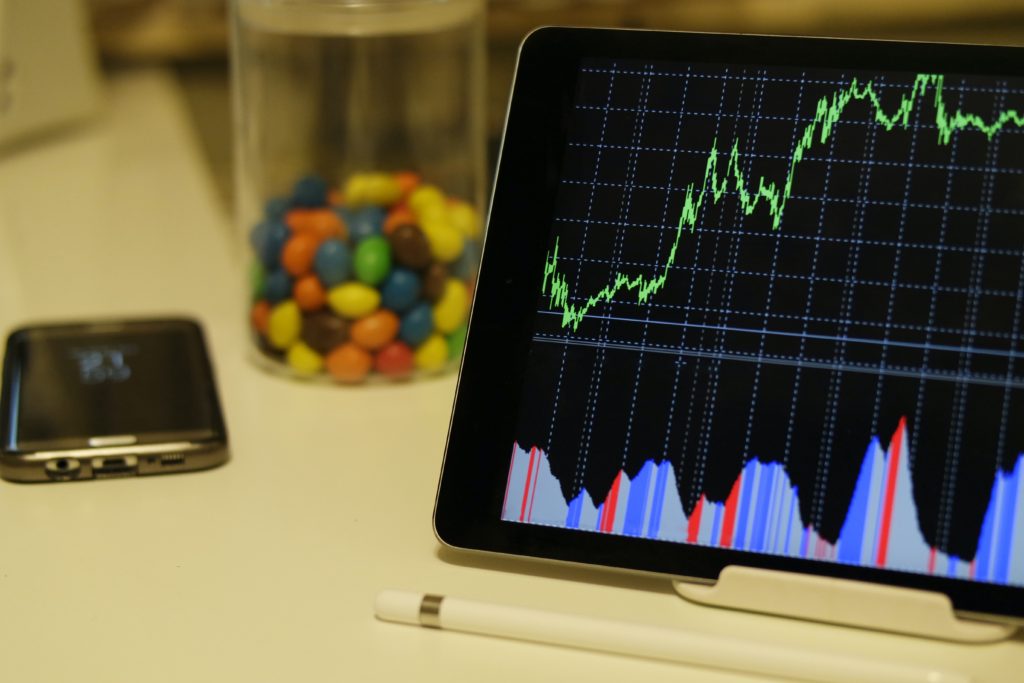As a trader, you know the benefits of using Python. It makes your trading more efficient, saves time and money by automating repetitive tasks, and allows you to create complex algorithms for trading stocks and commodities. But what about algorithmic trading? Can it be done with Python? There is no doubt that the answer is yes, and here are the reasons:
Access to a wider trading pool
Algorithmic trading is a great way to access a wider pool of traders and markets. In addition, using Python enables you to develop strategies that are more powerful than those available in other languages.

Easy backtesting of trades
Backtesting is one of the most important aspects of algorithmic trading. It lets you see how your strategy would have performed in the past and gives you a picture of its overall risk profile. You can use Python to perform backtests on any time frame that you want, from historical data up to near-real-time market information.
The beauty of using Python as a platform for backtesting is that it’s easy to get started; there are many free libraries available online that allow users with little knowledge about programming languages or statistics (or both) to access these powerful tools with no advanced skills!
You’re in control of your investment strategy.
Have you ever wondered what it would be like to play the stock market on your own? Python users can answer “yes! ”
Python can be used for many things in finance and economics. You can write your trading strategy using Python or backtest existing strategies with historical data. This language makes it easy to test different strategies against live market data and see how they perform in real-time!
Low transaction costs
The transaction costs of trading are a significant part of the total cost. These costs can be reduced using algorithmic trading, which allows you to buy and sell assets at market prices without taking no physical delivery. Transaction costs make up half of any trader’s overall expenses, so reducing them is important if you want to make more money.

Reduced emotion-driven trading
Emotion-driven trading is a bad thing. It’s not that you don’t have feelings, but it’s better to be logical when deciding in your life. We have all been there: You do something that makes sense but later; you realize it was a mistake or another (the most common being regret).
Algorithmic trading takes the emotion out of the equation by giving traders algorithms to follow instead of deciding based solely on their own biases and experiences. This means more money in your pocket because of less risk taken by yourself!
Trading using Python enabled me to be more profitable, even starting. This is because it’s easier to backtest your strategies in traditional trading environments. You also have more control over how much money you make and how much risk you take with each trade by using automated tools like machine learning algorithms and automated traders.
